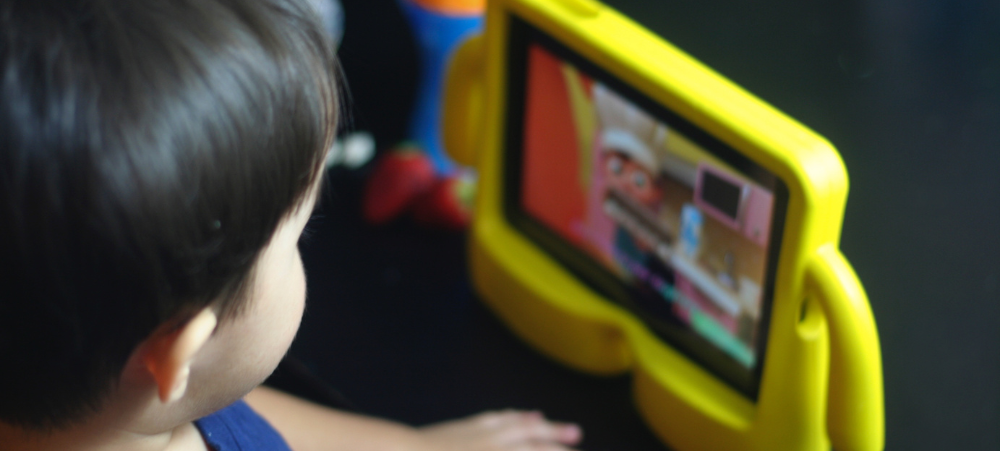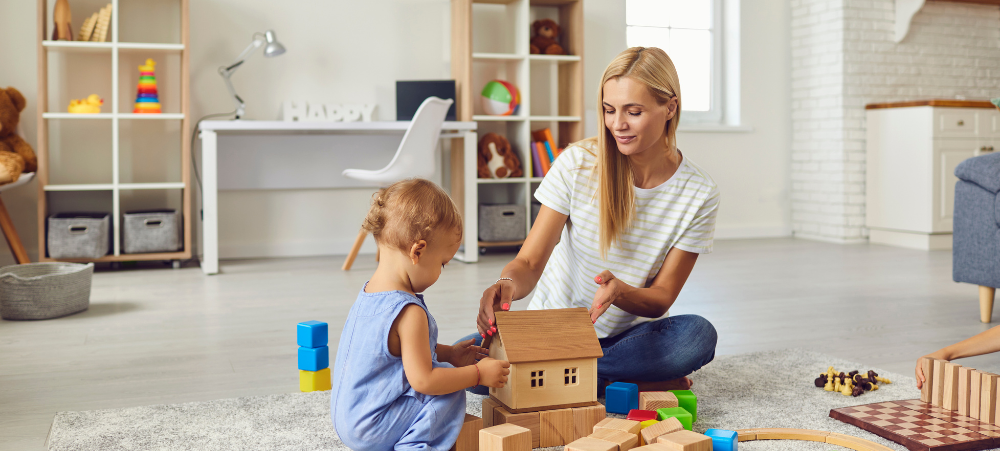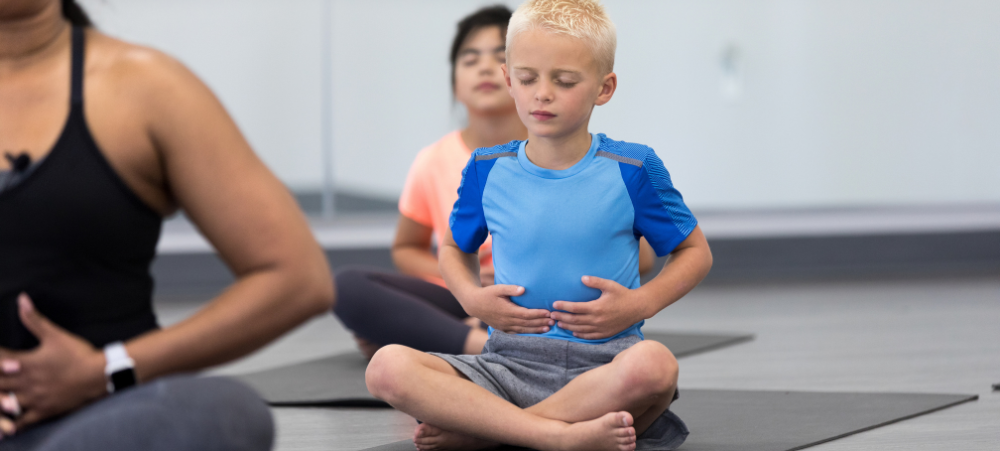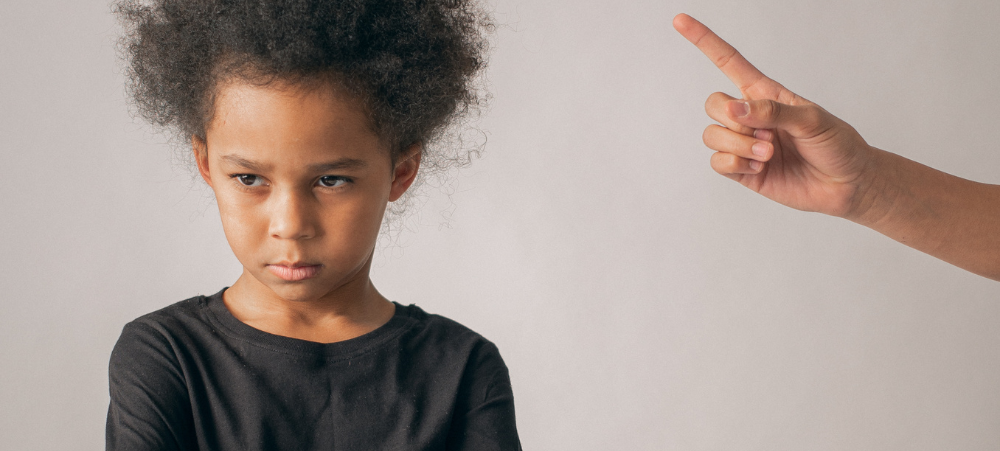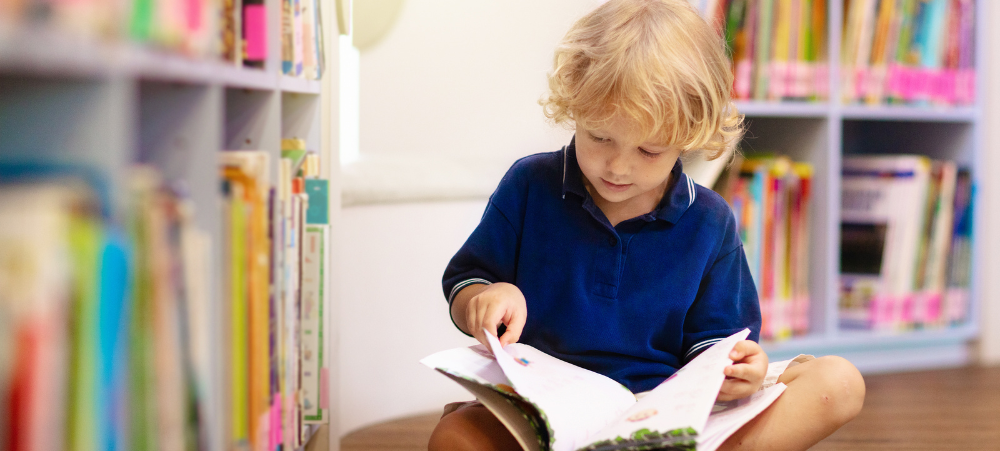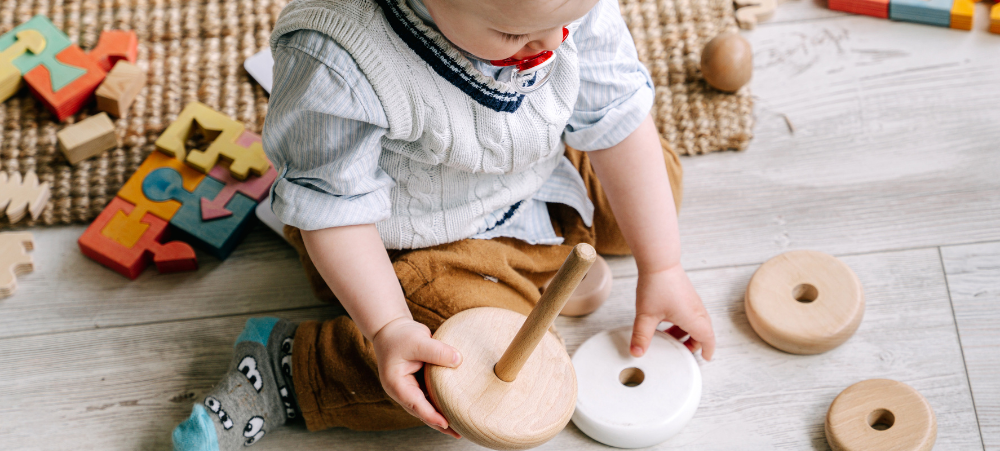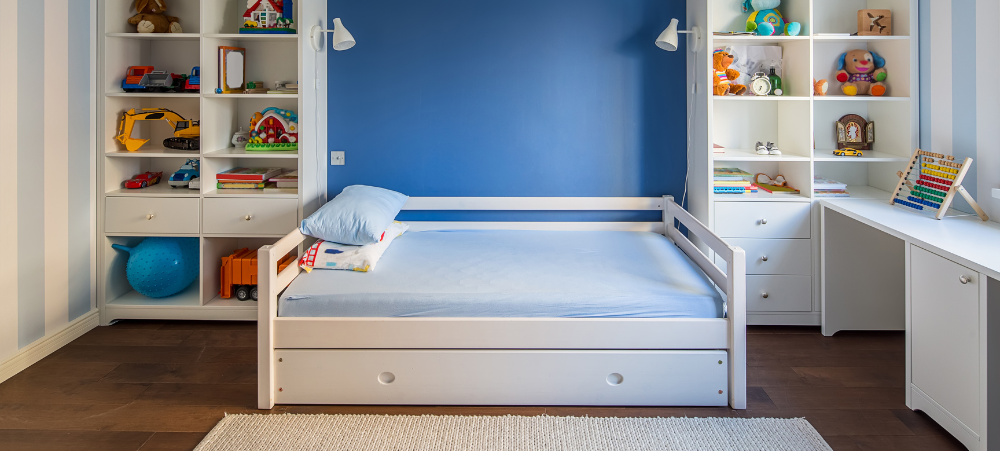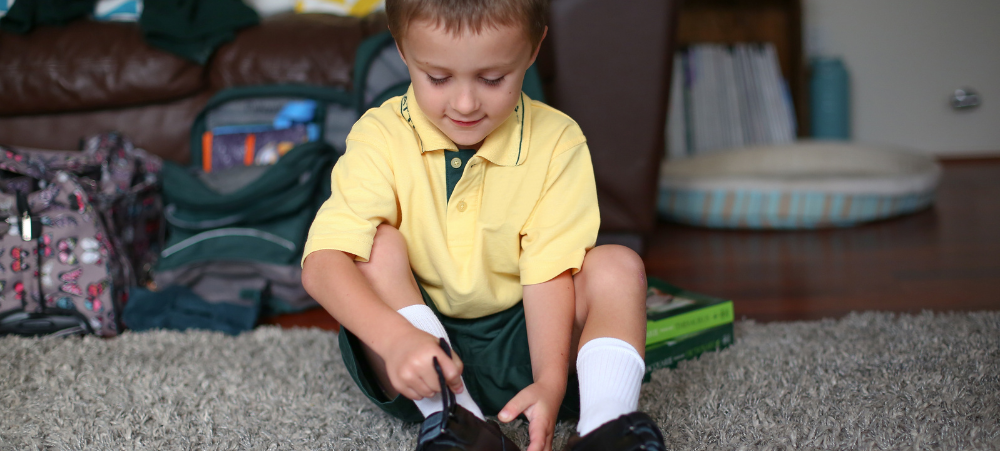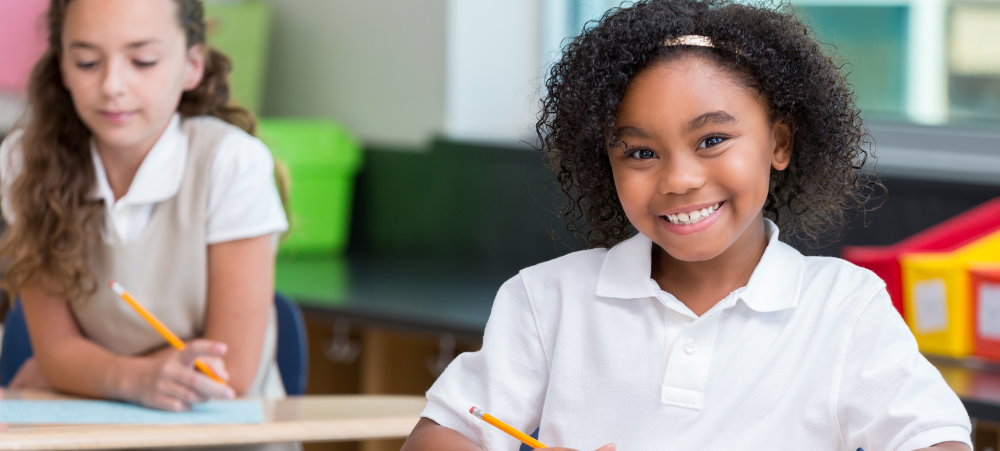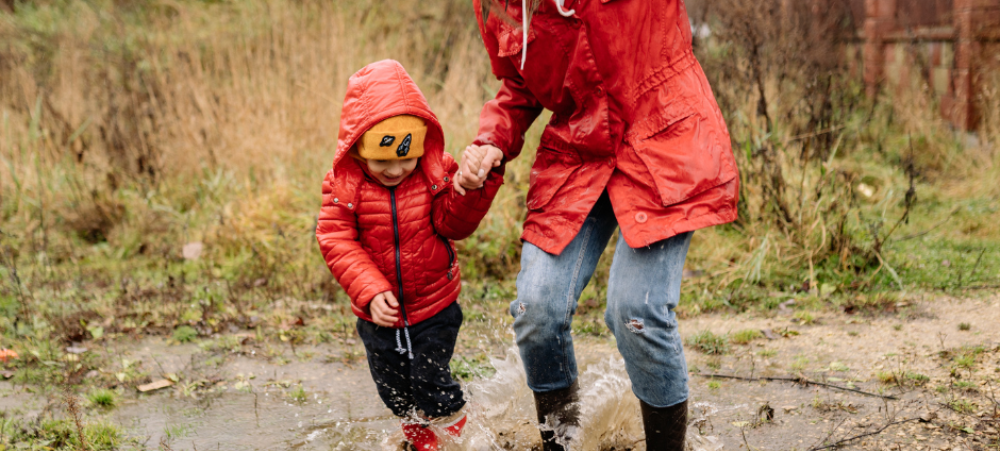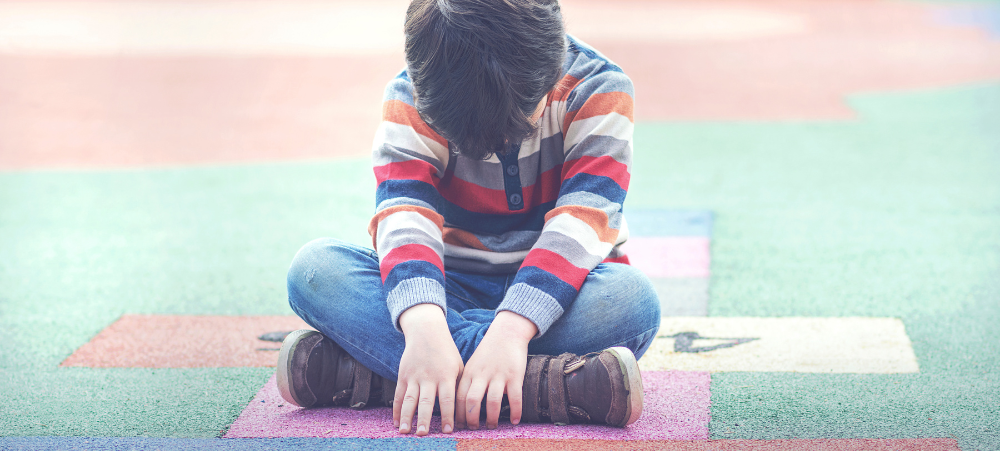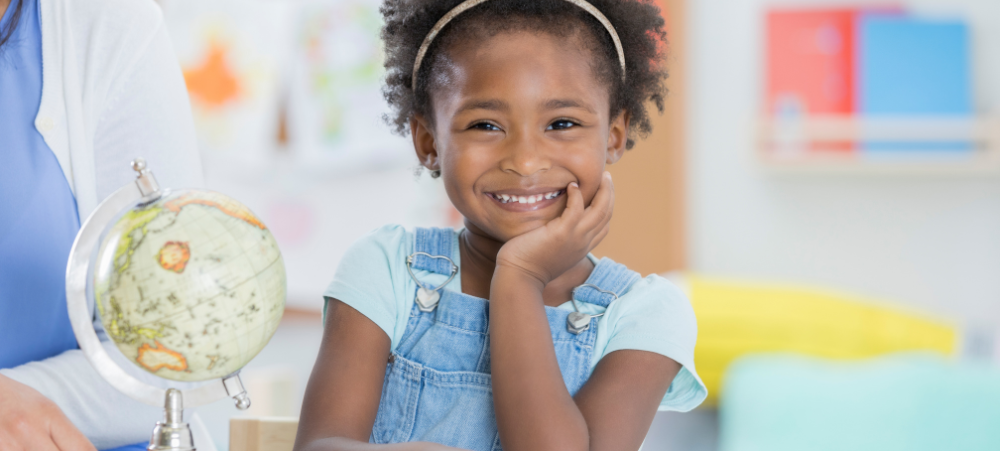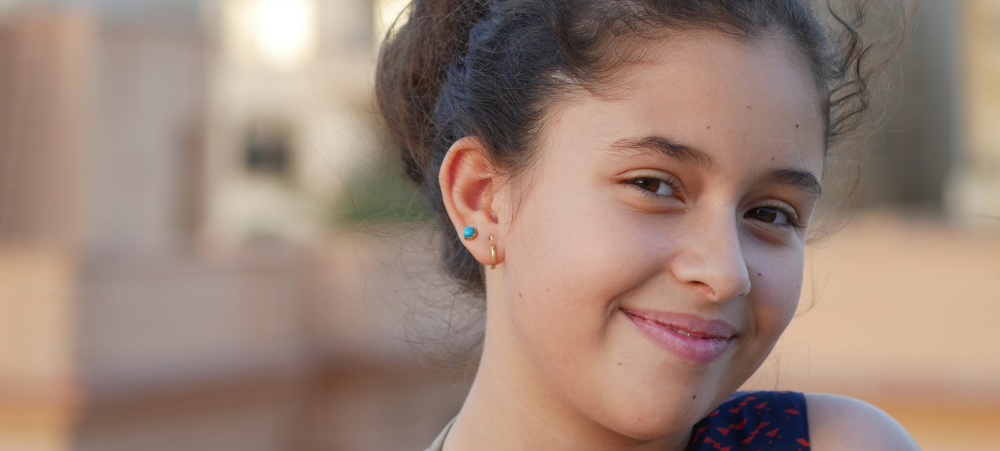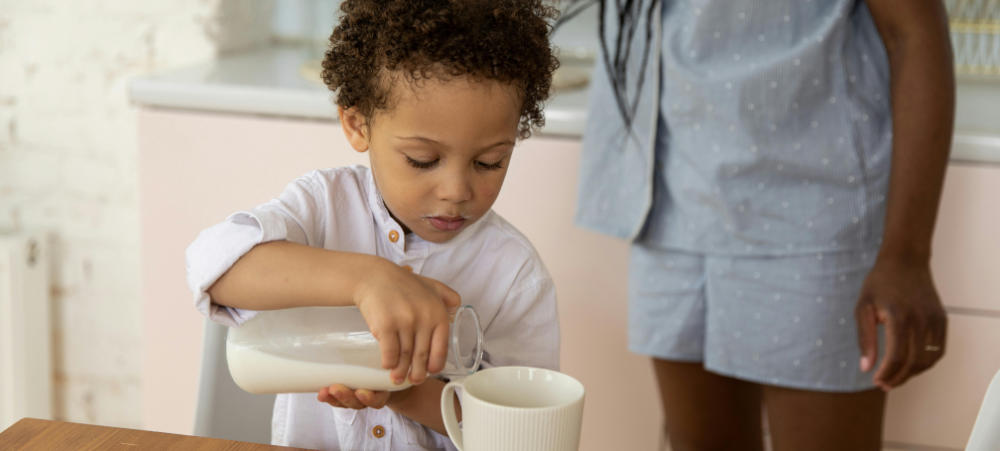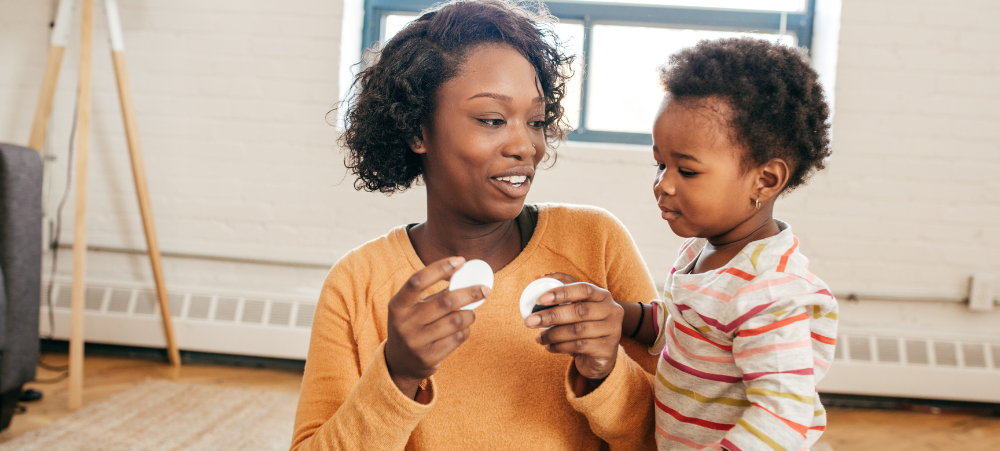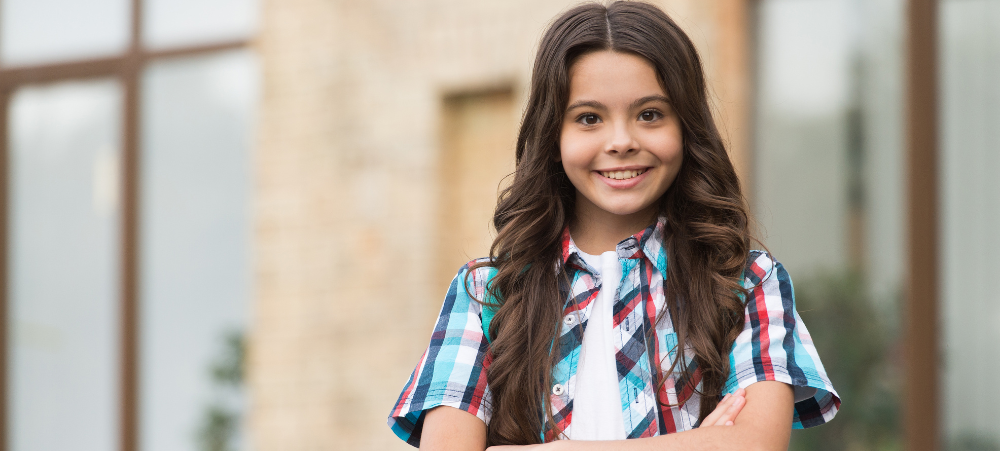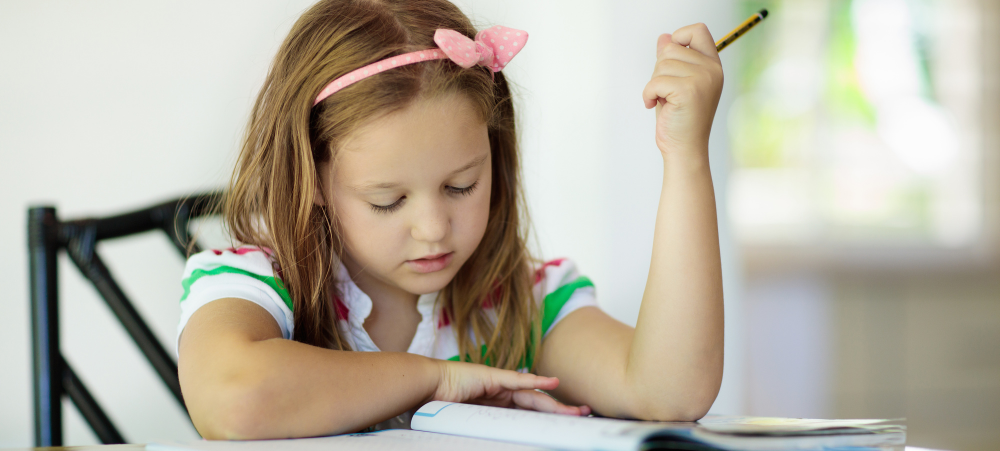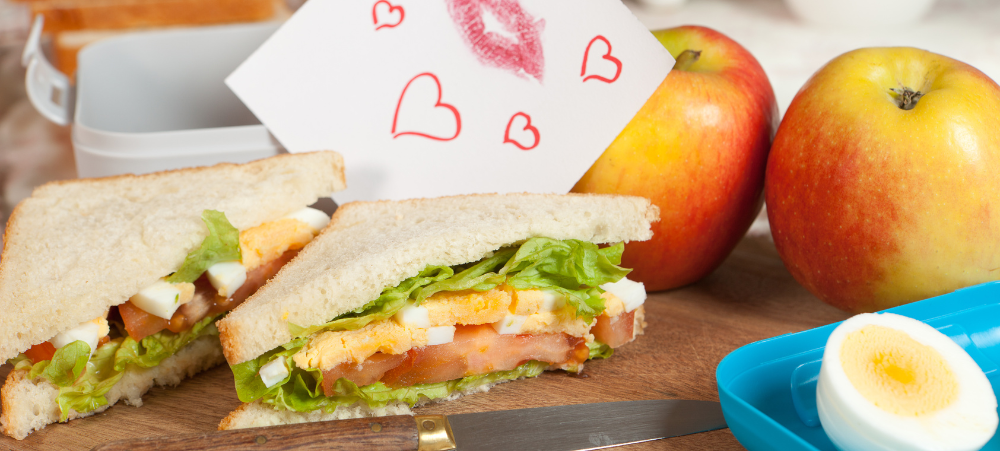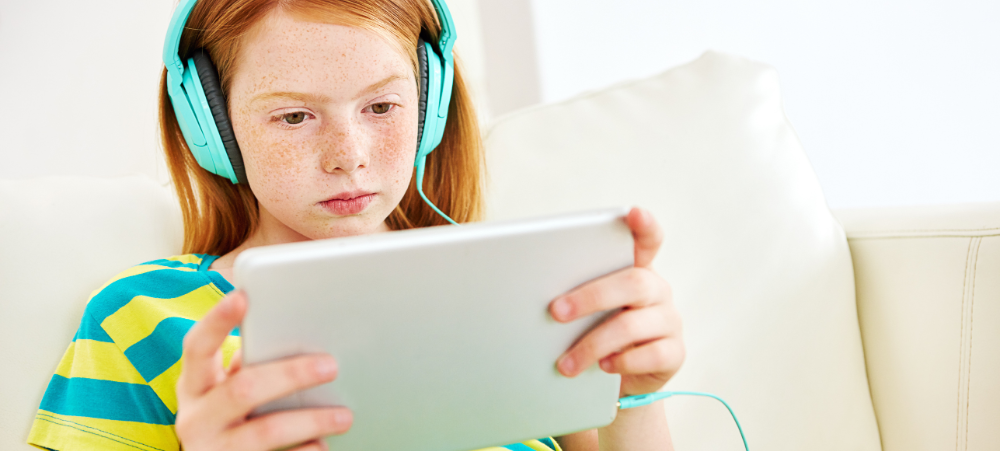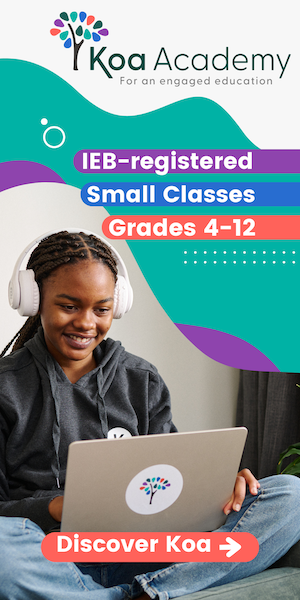
Calming Eczema-Prone Skin
Whether you’re an eczema veteran or newbie, E45 – an expert in dry, itchy skin – has a tailored solution to keep your body feeling calm, hydrated, and comfortable. What is Eczema? Eczema is a family of inflammatory skin conditions that bring along itchiness, dryness, rashes, scaly patches, blisters, and even skin infections.1a There are seven types of eczema: atopic dermatitis, contact dermatitis, dyshidrotic eczema, nummular eczema, seborrheic dermatitis, and stasis dermatitis.1b For many people with eczema, the term “flare-up” is all too familiar. It’s used to describe those frustrating periods when symptoms intensify and are prolonged.1c Atopic Eczema Atopic eczema is the most common type of eczema and can be persistent and frustrating to manage.2a It’s especially common in children, often making an appearance before their first birthday, although adults can develop it for the first time later in life as well.2b While atopic eczema is a long-term (chronic) condition, there’s good news – it doesn’t always stick around forever. Many children experience significant improvement as they grow, and in some cases, eczema may even clear completely over time.2c How to Treat Eczema-prone skin Eczema is like that overdramatic friend who insists on making everything about them. Change your laundry detergent? Cue the full-blown tantrum. Step outside on a breezy day? Here comes the fiery protest. Dare to enjoy a long, steamy shower? Unacceptable! While it is true that eczema can be unpredictable, keeping your skin moisturised can make all the difference.6 The Link Between Eczema and Skin Hydration Healthy skin feels soft and supple thanks to its water content.3aTo maintain that smooth, hydrated feel, the top layer of skin needs at least 10 % water, with an ideal range of 20 – 35 %.3b To lock in moisture, the skin’s sebaceous glands produce sebum – a natural mix of fatty acids, sugars, and waxes – which forms a protective barrier against water loss.3c People with eczema have a weakened skin barrier, making their skin more prone to dryness, irritation, and allergens.4a This barrier weakness is partly due to lower levels of ceramides, natural lipids that help lock in moisture and protect against irritants.4b When the skin’s barrier is compromised, allergens and irritants can penetrate more easily, triggering inflammation, itchiness, and flare-ups.4c E45 Cream5a, with its rich emollient action5b, is more than just a moisturiser – it’s an intensely hydrating solution for managing a wide range of dry skin conditions, including eczema.5c Suitable for the whole family (including babies and children5d). This fragrance-free and non-greasy formula5e contains Medilan,5f a medical grade, highly purified and hypoallergenic form of lanolin, light liquid paraffin5g, and white soft paraffin5h that work together to lock in moisture and keep skin hydrated. E45 Cream is available in 50g, 125g, 500g tub, and 500g pump, simply apply twice a day or as needed for relief.5 Final Thoughts With daily use of E45 Cream, you can soothe, protect, and strengthen eczema-prone body skin. Stick to the routine, and you’ll be well on your way to keeping flare-ups at bay and feeling more comfortable in your skin every day. For more information and references, visit E45 and join the conversations on Facebook, YouTube, Tik Tok and Instagram. E45’s range of products are available from selected independent pharmacies, Clicks and Dis-Chem stores. The range is also available from Takealot. Keep a look out for the new packaging designs which will be filtering into stores shortly. 17.02.2025.1000001298. February 2025.



